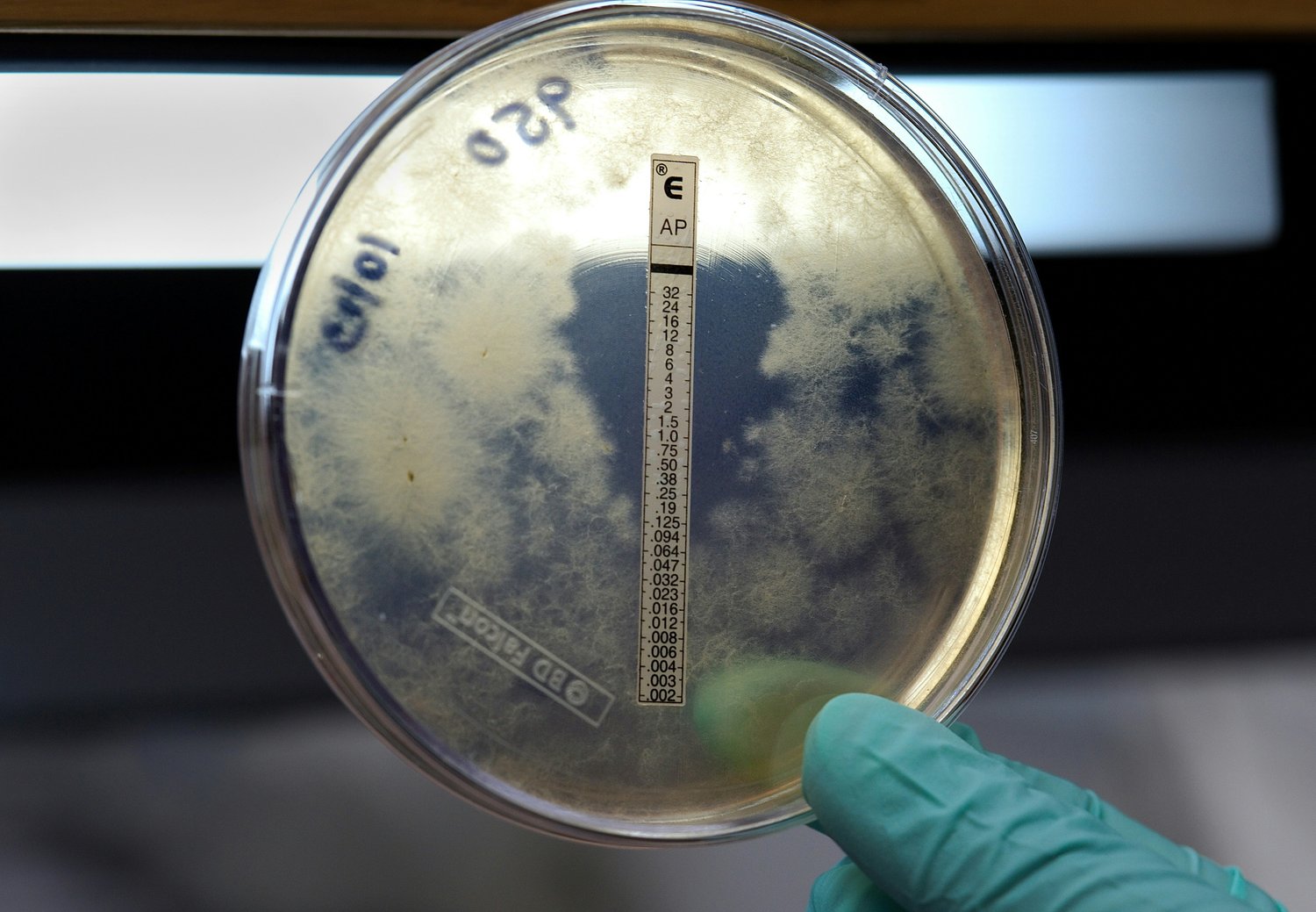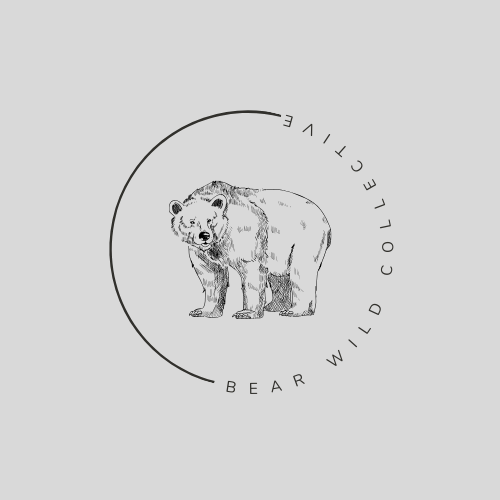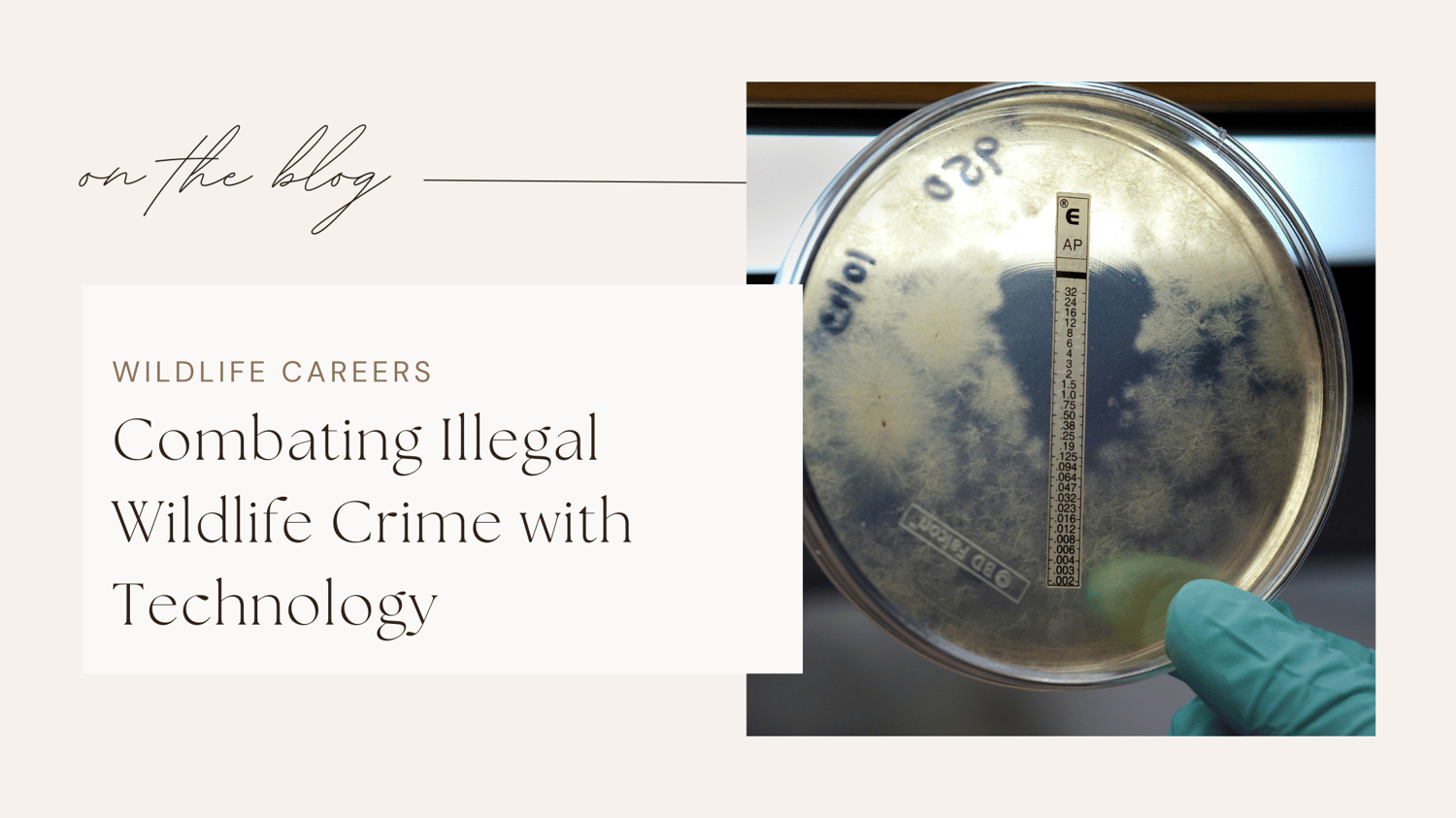Illegal wildlife crime—such as poaching, trafficking, and habitat destruction—is a multi-billion-dollar global industry that threatens countless species with extinction. To fight these crimes, a unique group of specialists blends conservation with cutting-edge forensic science: wildlife forensic specialists. These experts use technology to gather evidence, identify perpetrators, and hold them accountable, playing a critical role in the battle to protect endangered species. Read more about unique roles in the wildlife sector in our Wildlife Career Accelerator or Wildlife Work Directory, or read on to find out more about jobs and skills for wildlife forensics!

What Is Wildlife Forensics?
Wildlife forensics applies scientific methods to investigate crimes against wild animals and ecosystems. Just as forensic experts help solve crimes in human cases, wildlife forensic specialists analyse evidence to uncover illegal activities involving wildlife. This evidence might involve confiscated animal products (like ivory or pangolin scales), DNA from poached carcasses, or even soil samples from crime scenes.
The goal of wildlife forensics is twofold:
- Identify species, origins, or individuals involved in a crime.
- Provide irrefutable evidence for prosecution in a court of law.
Tools and Techniques Used by Wildlife Forensic Specialists
Wildlife forensic specialists employ a range of advanced technologies and methodologies to solve cases:
1. DNA Analysis
DNA is one of the most powerful tools in wildlife forensics. Specialists extract DNA from animal tissues, feathers, bones, or even processed products like leather or powdered medicines.
- Species Identification: DNA barcoding helps determine the species of an animal product, which is critical for proving illegal trade involving protected species.
- Individual Matching: DNA can link poached animals to suspects, such as matching ivory to a specific tusk or fur to a specific poacher.
- Origin Tracking: Genetic markers reveal where animals were taken from, aiding in pinpointing trafficking hotspots.
2. Isotope Analysis
Stable isotope analysis determines the geographic origin of an animal by analysing elements in its tissues, such as carbon or oxygen. This technique helps identify where poached animals lived, even if the evidence has been transported far from the crime scene.
3. Microscopic Analysis
Microscopes are used to analyse physical evidence, such as identifying fake animal products from authentic ones. For example, forensic experts can differentiate between real ivory and synthetic imitations.
4. Digital Forensics
Traffickers often leave digital trails. Wildlife forensic specialists may collaborate with cybercrime experts to track online sales, encrypted communications, or social media posts advertising illegal wildlife products.
Wildlife forensic specialists have real-world impact and have made significant contributions to high-profile cases:
- The Elephant Ivory Trade: DNA analysis has been instrumental in identifying poaching hotspots in Africa, allowing authorities to target conservation efforts where they’re needed most.
- Pangolin Trafficking: Specialists have traced pangolin scales in seized shipments back to specific populations, helping crack down on trafficking networks.
- Tiger Poaching: Forensics has linked confiscated tiger skins and bones to individual tigers, strengthening cases against poachers.
These successes demonstrate the power of forensic technology to not only solve crimes but also act as a deterrent, as traffickers face a greater risk of being caught. Sadly despite the promising potential, the field of wildlife forensics faces significant challenges:
- Resource Constraints: Many countries lack the funding and infrastructure for forensic labs and/or enforcement officials.
- Global Cooperation: Wildlife crime often spans borders, requiring collaboration between nations, which can be slow and complex.
- Rapid Innovation by Criminals: Traffickers continually adapt their methods, requiring forensic specialists to stay ahead with evolving technologies.
Pursuing a Career in Wildlife Forensics
As technology advances, the field of wildlife forensics will continue to grow in its capacity to combat illegal wildlife crime. Tools like artificial intelligence, portable DNA sequencers, and blockchain for tracking legal wildlife trade may soon revolutionize investigations.
Wildlife forensic specialists represent a crucial line of defense for endangered species, combining scientific rigor with a passion for conservation. By uncovering the truth and bringing criminals to justice, these experts are helping to secure a future where wildlife thrives free from exploitation.
Wildlife forensic specialists typically have backgrounds in biology, chemistry, or environmental science, combined with specialised training in forensics. Degrees in forensic science, conservation biology, or veterinary science are common entry points, alongside practical experience like internships with conservation organizations or law enforcement agencies. Some professionals further specialise in fields like DNA analysis or wildlife crime investigations.
Wildlife forensics proves that science is a powerful ally in conservation. In the fight against illegal wildlife crime, it’s not just the animals that need protecting—it’s also the ecosystems, economies, and communities that depend on them. Through their work, wildlife forensic specialists are ensuring that nature’s balance is upheld, one case at a time.



